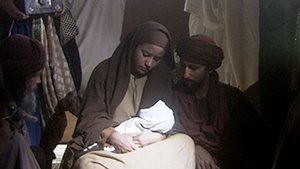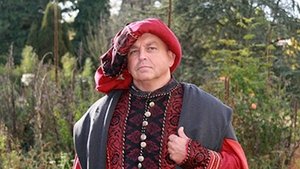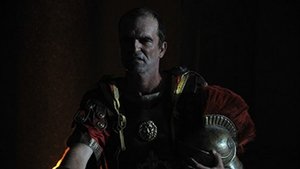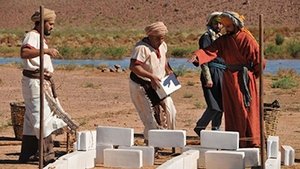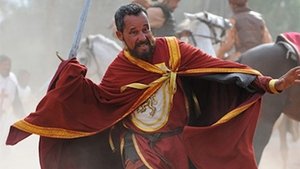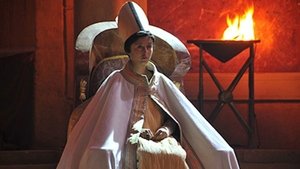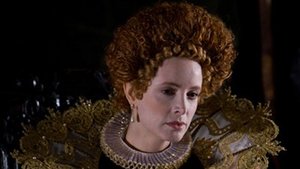
In fact only two of the four accounts of the life of Christ in the New Testament, the Gospel of Luke and the Gospel of Matthew, tell of his birth. These Infancy Gospels, as they are known, both agree that Jesus was born in Bethlehem and today pilgrims and tourists mill in their thousands around the Church of the Nativity built upon the supposed site of Christ’s entry into the world, just as they have for centuries. But only Luke mentions the Census and the journey from Nazareth. Neither mentions the ox or the ass. The visitors from the east are nowhere referred to as Kings and nor is it mentioned that there are three of them. Both Gospels mention King Herod, but his dates do not correspond with the dates of a possible Roman census under the Governor Quirinus mentioned in Luke, which came ten years after Herod the Great’s death. And what census, then or now, would take you away from your main residence to be counted in a town which you or your ancestors have long since left? We reveal that even though we assume that Joseph is present at the birth of Christ, this is not mentioned in any of the gospels. In fact according to purification laws outlined in the Temple Scroll and in the book of Leviticus, under Jewish law the only people that may have been present at the birth would in fact have been women. With help from leading academics, archaeologists and Jewish and Christian theologians, we visit many of the locations mentioned in the Gospels to place the birth of Christ in its historical, cultural and Jewish and early Christian contexts and piece together the real story of The Nativity.




Other episodes for this season
